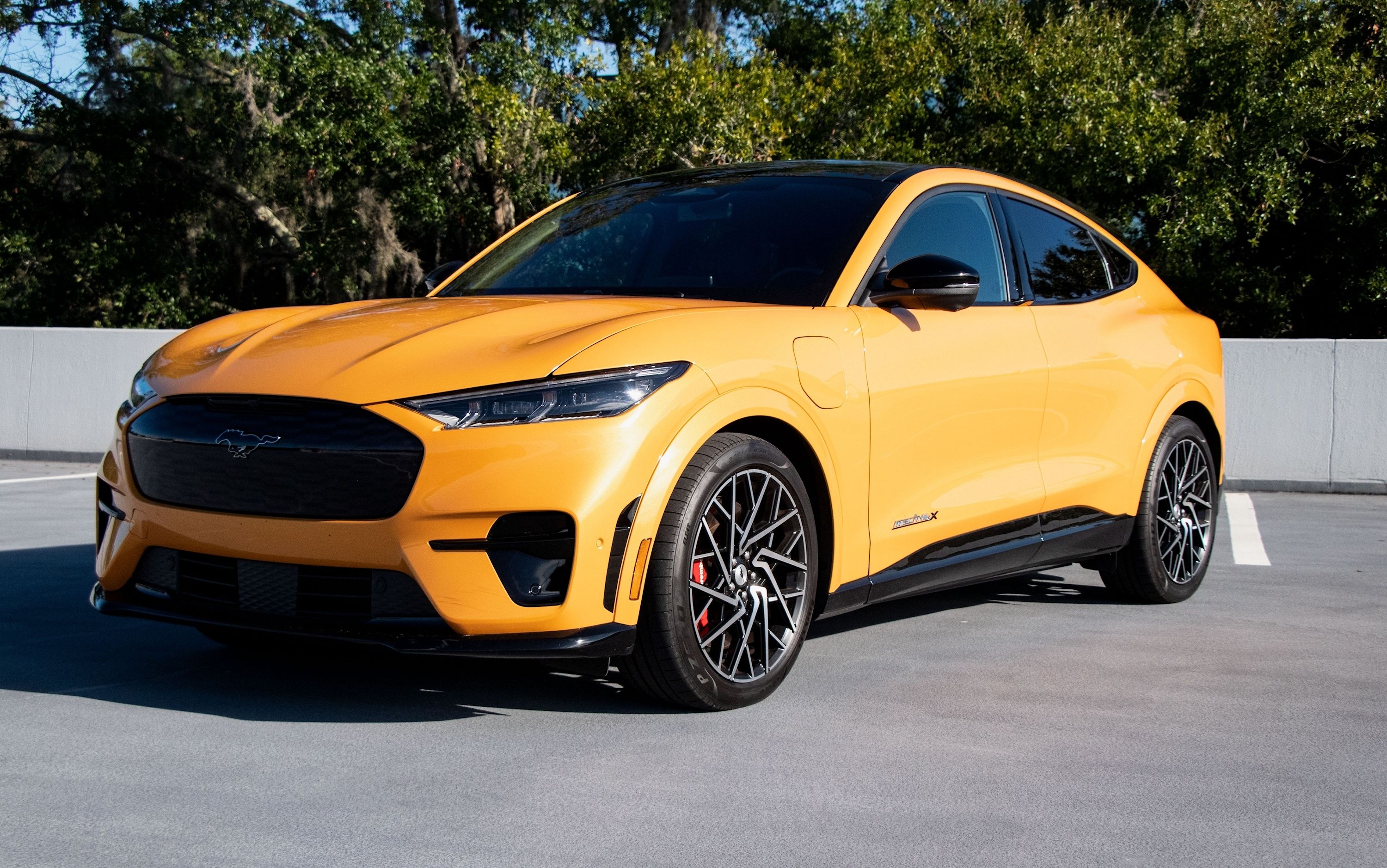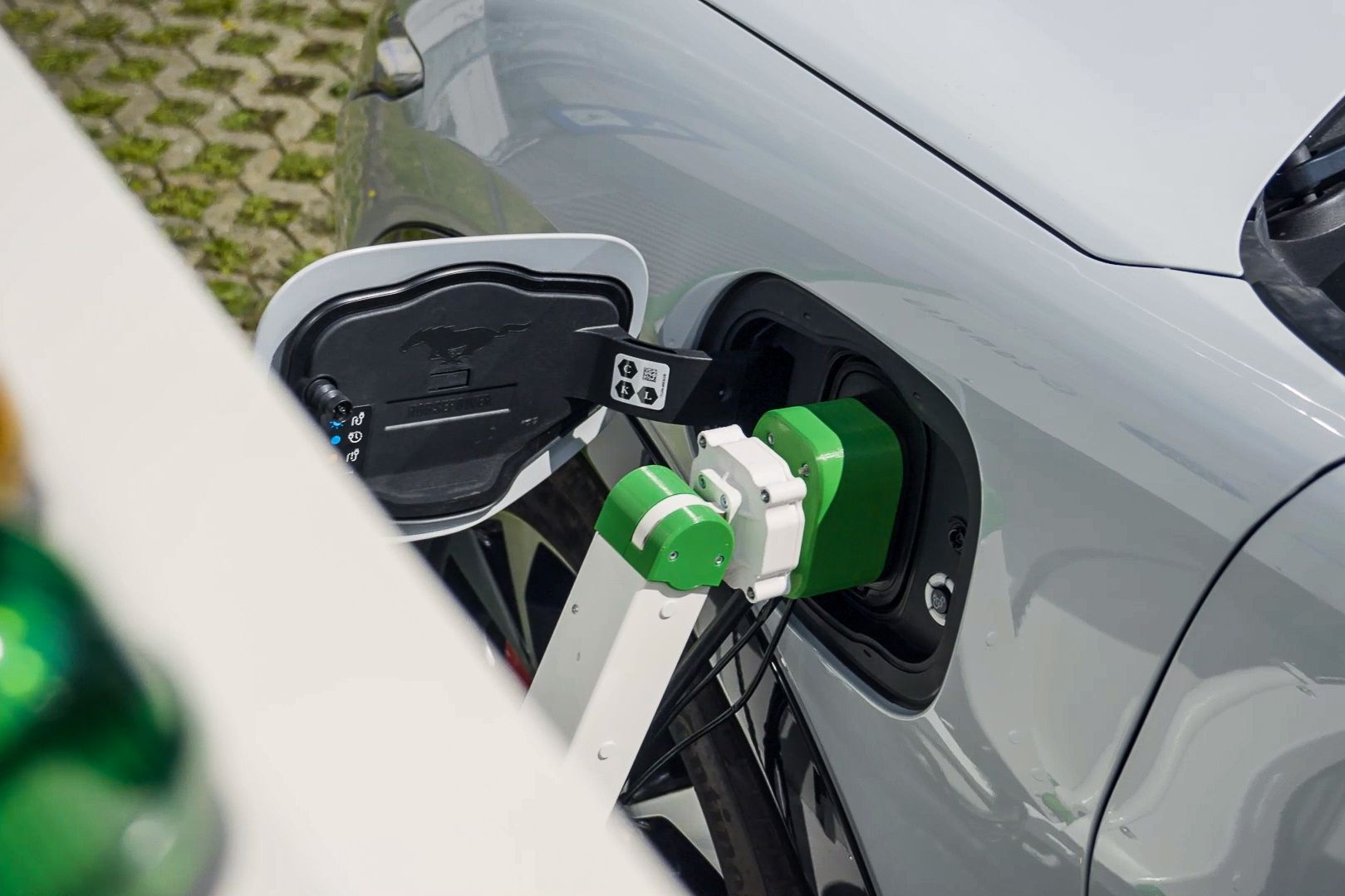
Ford is developing a prototype robotic charging station that drivers can operate with their smartphones. Ford says this new tech could enable disabled drivers to stay in their Mustang Mach E, F-150 Lightning, or other EV or PHEV while the car charges. Alternatively, owners could leave the car while the robot does the work.
This might sound familiar to you. Tesla was working on something similar back in 2015. It even shared a tweet of a Model S docking up to a snake-arm charger in a testing facility. As recently as 2020, Musk has said on Twitter that the tech is still in development.
Like the Tesla effort, this unit is still in the developmental phase. However, given Tesla's slew of delays (Cybertruck, anyone?), Ford may well end up on top with this tech.
Following lab testing, Ford's researchers are now testing the charging station in real-world situations. Here's how it works. Once activated, the station cover slides open, deploying the charging arm toward the charging port. This appears to work via a camera. At the very least, it worked well enough for Ford to film the above video.
Once the car is charging, drivers are able to monitor the charging status via Ford's FordPass app. This could also present a clever solution for fighting idle charging fees. Once the unit is done charging the car, the module simply retreats back into the housing. It's not clear if the car's charge door will then close.
Charging infrastructure has already headed down a more developed path, with Audi's lounge concept now offering something better than sitting on your phone next to a dumpster around the back of a Target. Both Ford and Porsche (with its Turbocharger network) now offer serious alternatives to Supercharging, something Tesla will need to take serious note of.
For now, there is only one of these robots active in the world, built by Dortmund University in Germany. Ford says that in the future, stations could be installed alongside disabled parking stations. It could also find use just about anywhere else you might put a regular charger, from home to public parking lots. It would beat the heck out of wrangling the massive cable that comes out of some higher voltage chargers. One problem at a time, we suppose.
Ford eventually hopes this process will be fully automated, like a car wash. You'll simply send the car off to a charging station, where it will charge before returning to you, all while you do your more important business.

